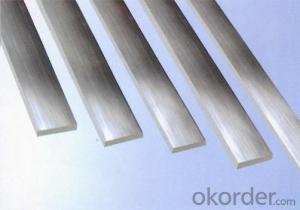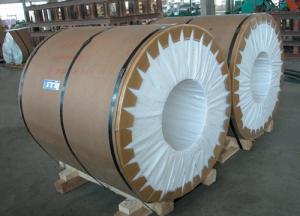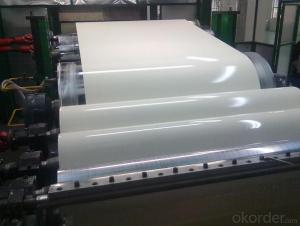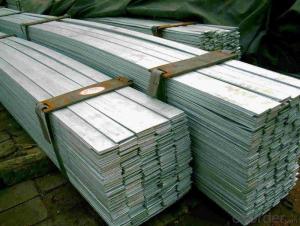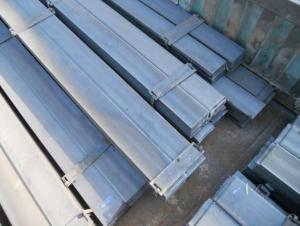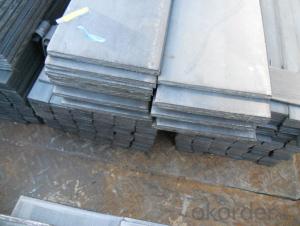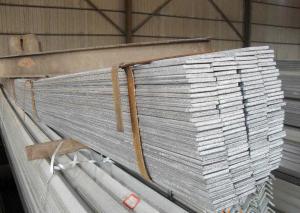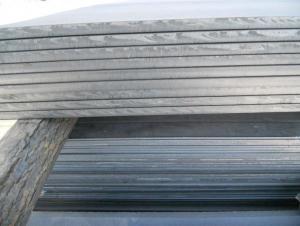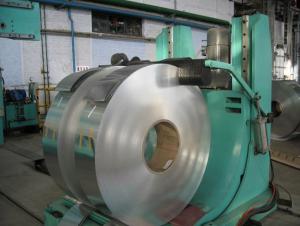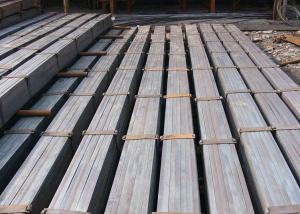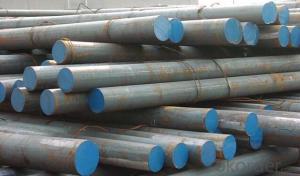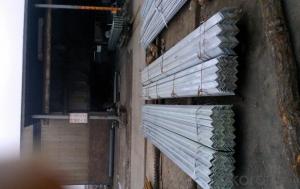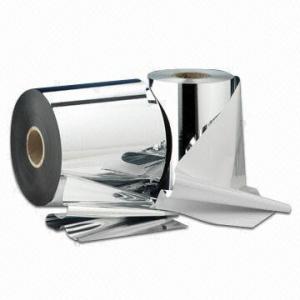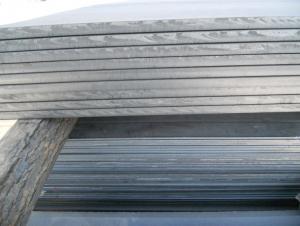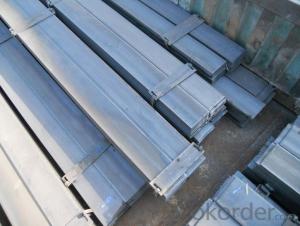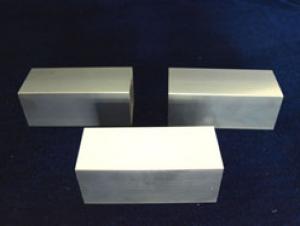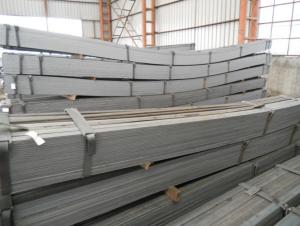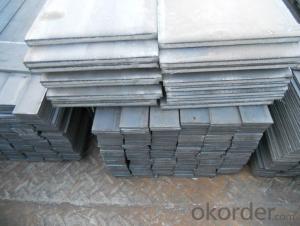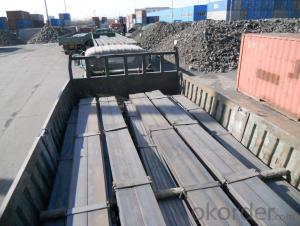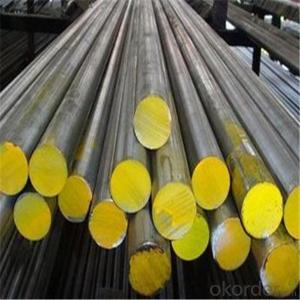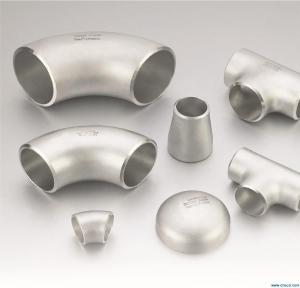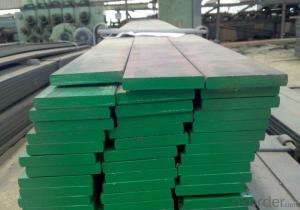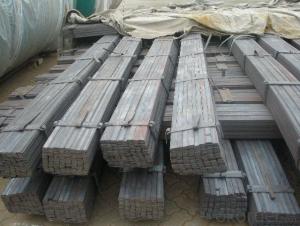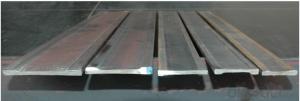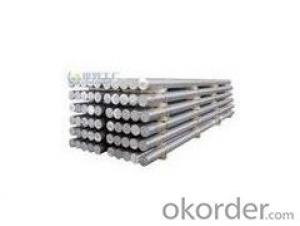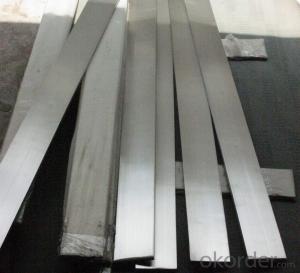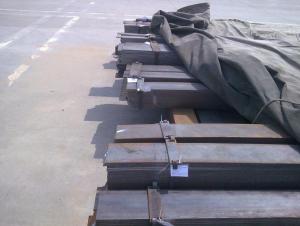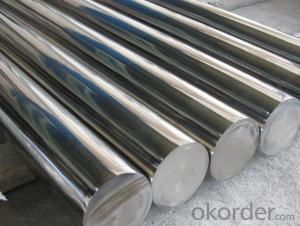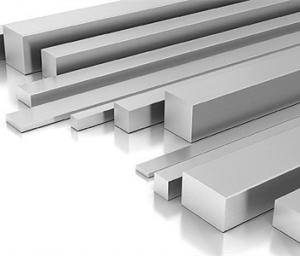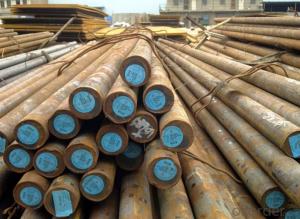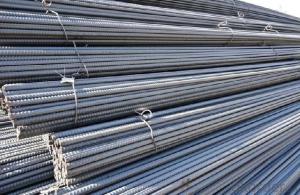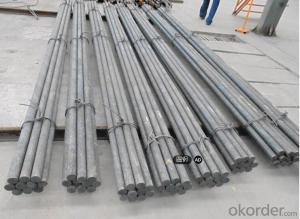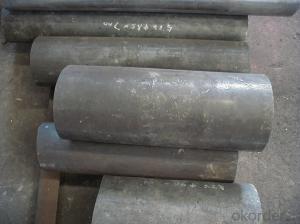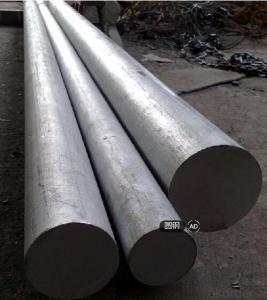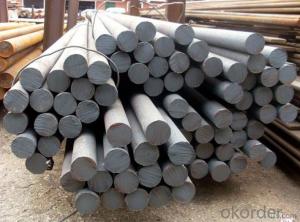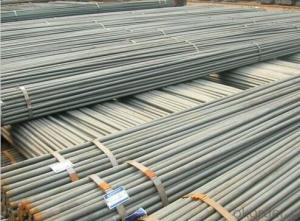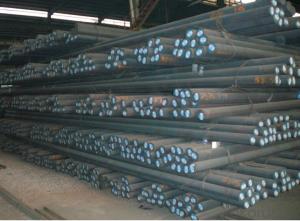Anodized Aluminum Flat Bar Stock
Anodized Aluminum Flat Bar Stock Related Searches
Anodized Aluminum Bar Stock Anodized Aluminum Flat Stock Aluminum Flat Bar Stock Anodized Aluminum Stock Polished Aluminum Bar Stock Anodized Aluminum Tube Stock Anodized Aluminum Angle Stock Anodized Aluminum Sheet Stock Anodized Aluminum Rod Stock Aluminum Bronze Bar Stock Brushed Aluminum Bar Stock Bending Aluminum Bar Stock Extruded Aluminum Bar Stock Stock Aluminum Bar Aluminum Stock Bar Flat Aluminum Stock Aluminum Square Bar Stock Solid Aluminum Bar Stock Aluminum Round Bar Stock Aluminum Flat Bar Stock Near Me Bending Aluminum Flat Stock Flat Stock Aluminum Black Aluminum Flat Stock Anodized Aluminum Coil Stock Cold Bending Aluminum Bar Stock Aluminum T Bar Stock 1 2 Aluminum Bar Stock Aluminum Hollow Bar Stock Aluminum Rectangular Bar Stock Metric Aluminum Bar StockAnodized Aluminum Flat Bar Stock Supplier & Manufacturer from China
Anodized Aluminum Flat Bar Stock is a type of aluminum material that has been processed through anodization, a technique that enhances the surface properties of the metal. This process creates a protective oxide layer on the aluminum, resulting in increased resistance to corrosion and wear, as well as improved aesthetics. The anodized finish also allows for a wide range of colors and textures, making it a versatile choice for various applications.Anodized Aluminum Flat Bar Stock is widely used in numerous industries due to its durability, strength, and lightweight properties. It is commonly employed in the construction of architectural structures, automotive components, and various industrial machinery. Additionally, it is popular in the manufacturing of consumer goods such as electronics, furniture, and sports equipment. The product's ability to withstand harsh environmental conditions and its recyclability make it an eco-friendly option for a broad spectrum of applications.
Okorder.com is a reputable wholesale supplier of Anodized Aluminum Flat Bar Stock, boasting a vast inventory that caters to the diverse needs of customers. With a commitment to quality and customer satisfaction, Okorder.com ensures that the anodized aluminum flat bar stock they provide meets the highest industry standards. Their extensive range of products allows clients to find the perfect fit for their specific projects, making Okorder.com a go-to source for Anodized Aluminum Flat Bar Stock.
Hot Products
